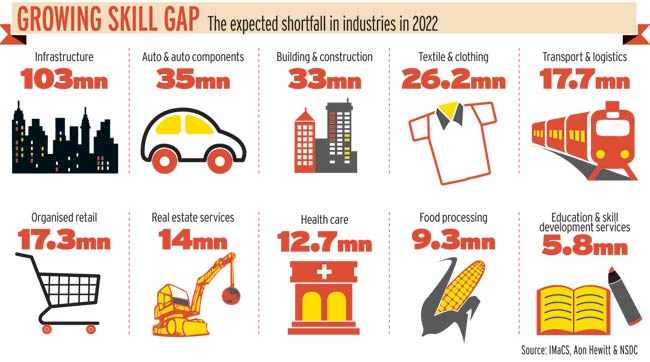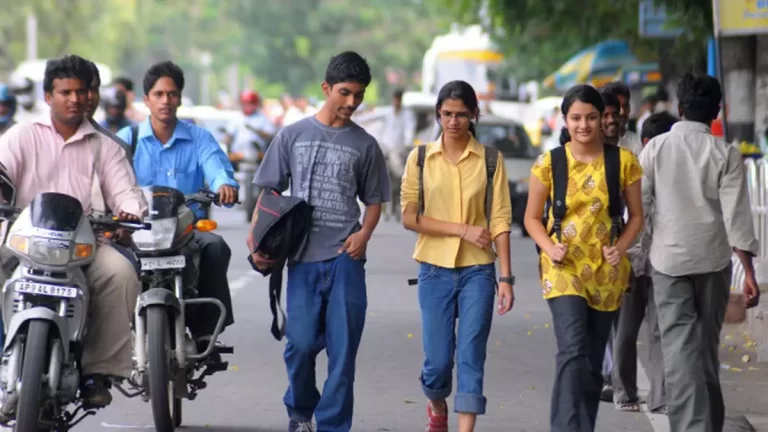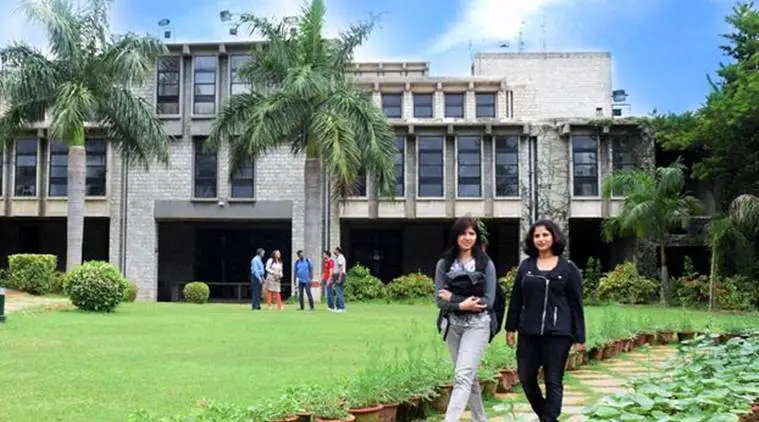Addressing India’s Skill Shortage: Government Initiatives and Future Job Market Trends
India faces a significant skill shortage, impacting its economic growth and employment landscape. As industries evolve with technological advancements, the demand for specialized skills is increasing, creating a gap between available talent and industry requirements. The government, recognizing this challenge, has launched several initiatives to bridge this gap and prepare the workforce for the future.

One of the key efforts is the establishment of the National Skill Development Corporation (NSDC), which collaborates with various stakeholders to identify skill gaps and develop training programs. NSDC’s data-driven approach helps pinpoint skills at risk of becoming obsolete due to automation and those that are in high demand. Sectors like manufacturing, healthcare, and IT are seeing a surge in demand for skilled professionals, while jobs involving repetitive tasks are increasingly automated.
Despite these efforts, there is still a mismatch between supply and demand. Many industries, especially those targeting India as the next big manufacturing hub, face a shortage of skilled manpower. The government’s Skill India Mission and other vocational training initiatives aim to address this by providing comprehensive training and certification programs. However, the pace of upskilling needs to accelerate to meet the growing demands.
The impact of this skill shortage on the job market is multifaceted. Jobs requiring advanced technical skills and specialized knowledge are in high demand, offering lucrative opportunities for those equipped with the right expertise. Conversely, workers lacking these skills may find themselves displaced or forced into low-skill, low-wage jobs. The rise of automation further complicates this scenario, as it threatens traditional job roles, pushing the need for reskilling and upskilling.
In conclusion, while the Indian government is making significant strides to address the skill shortage, there is still much work to be done. Ensuring a balance between demand and supply of skilled labor is crucial for sustaining economic growth and positioning India as a global manufacturing hub.





